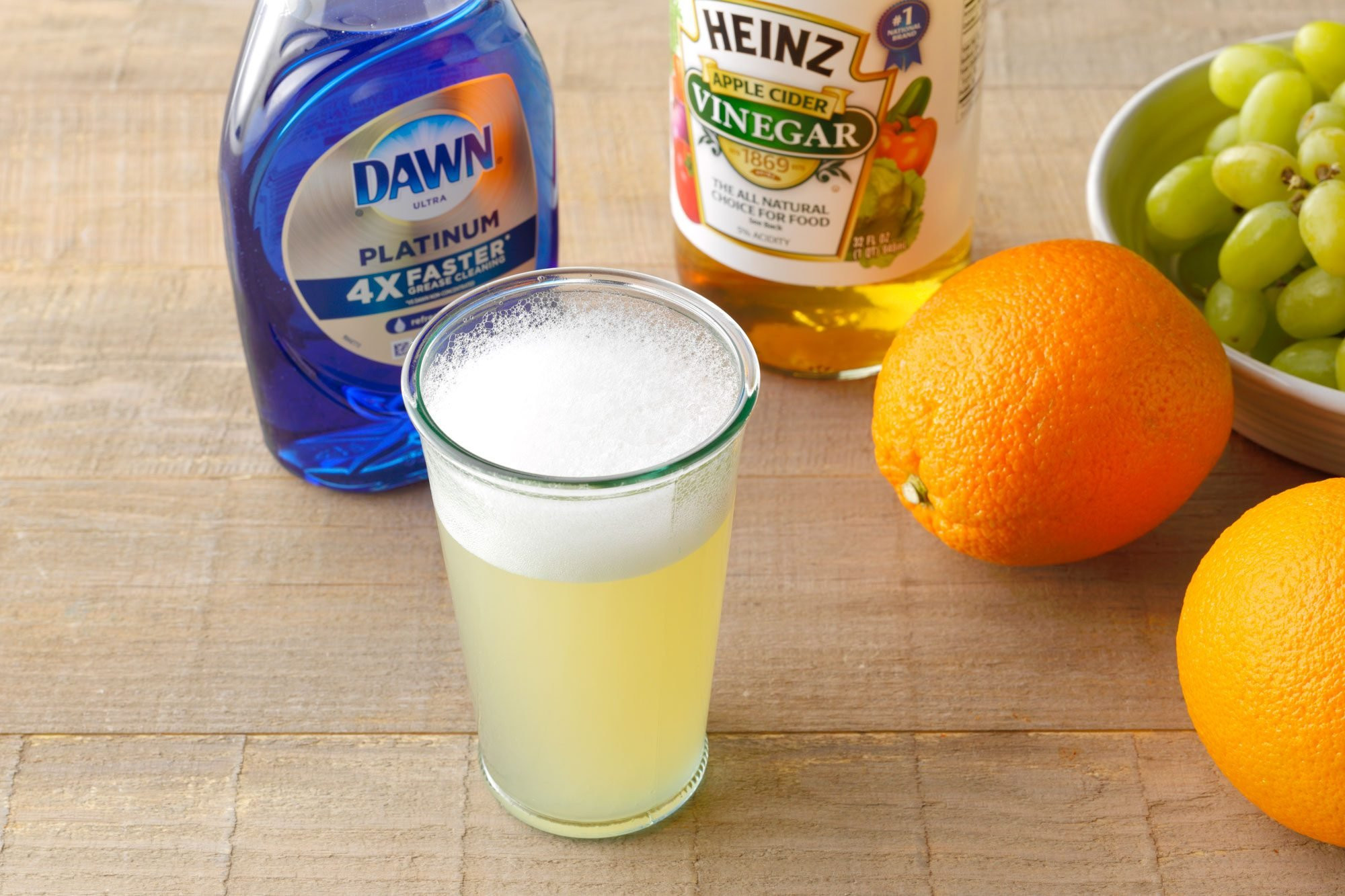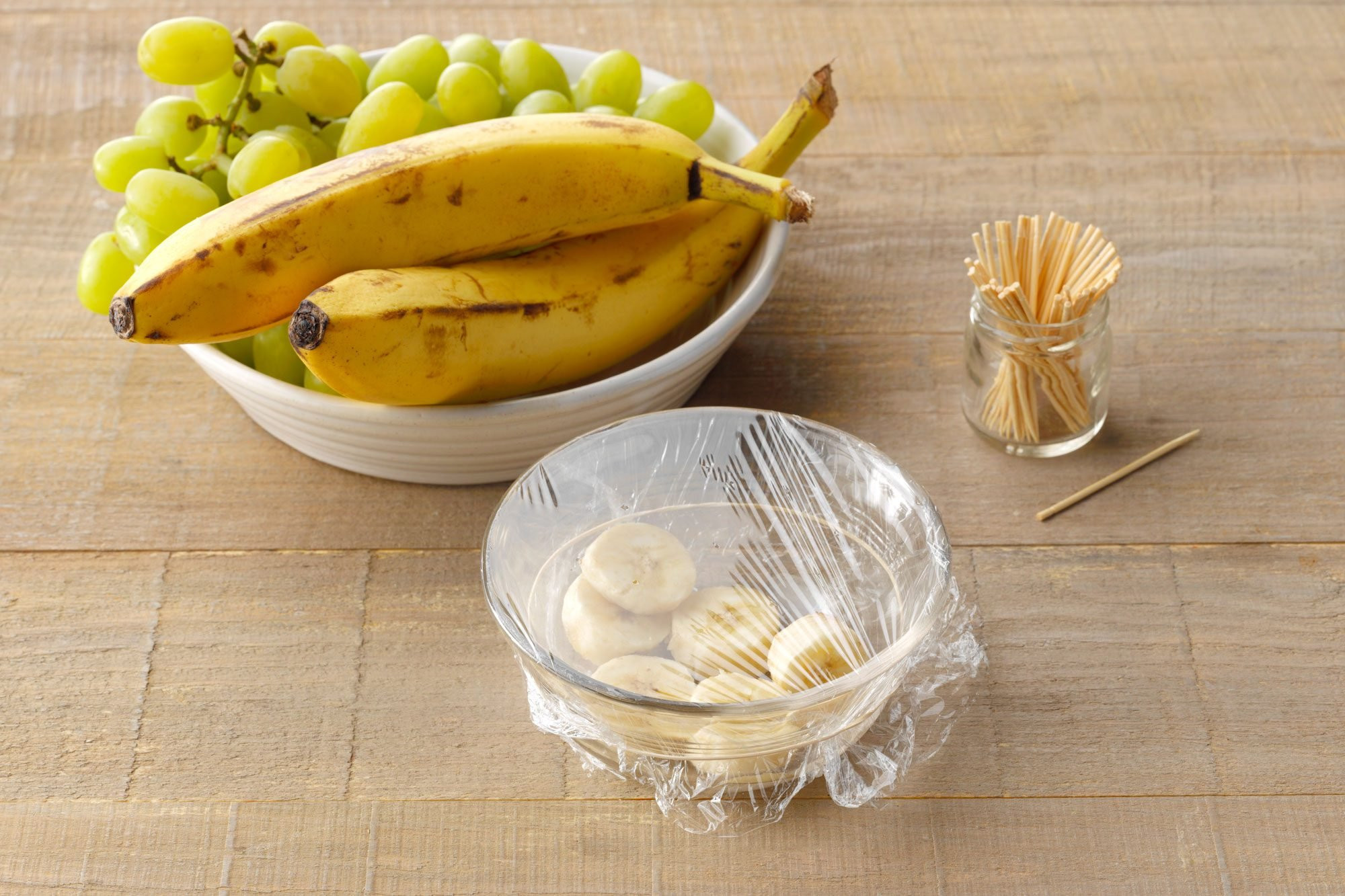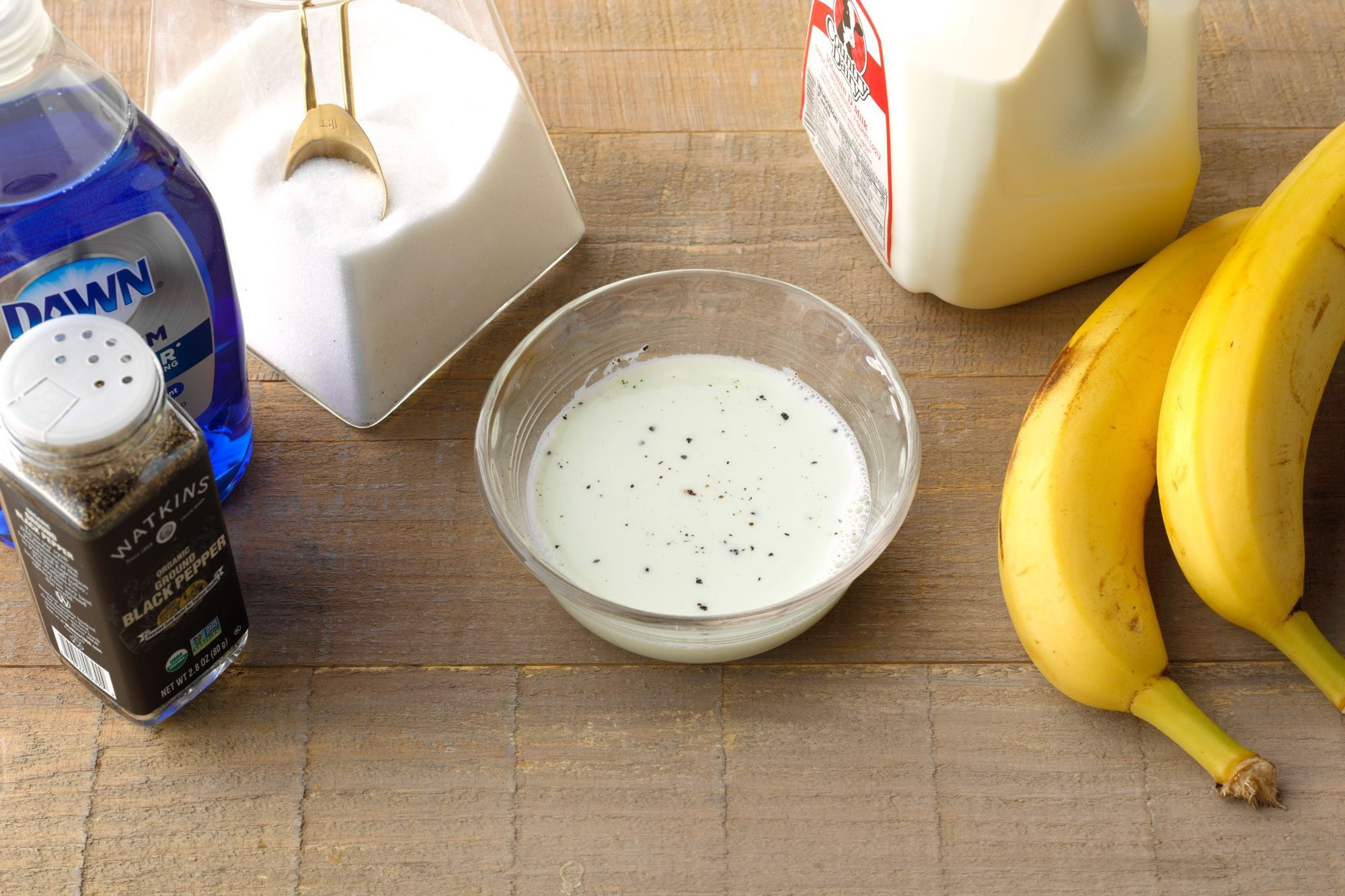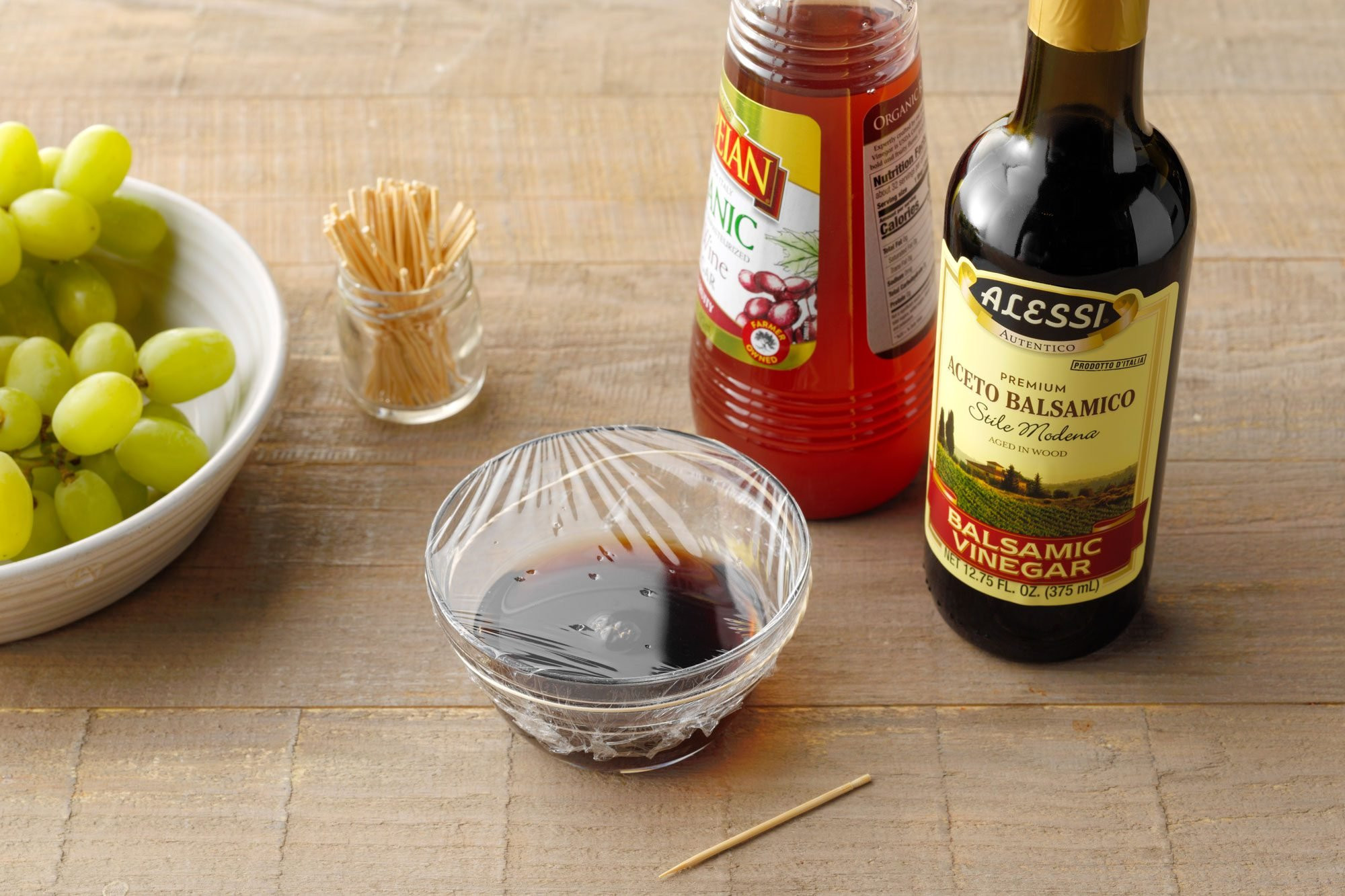Fruit flies. Just the name can make you twitch, right? One minute your kitchen is pristine, the next it’s swarming with these tiny, irritating pests. They seemingly appear out of nowhere, drawn to the irresistible allure of your ripening bananas or that forgotten fruit bowl. Before you know it, you’re waving your hands around like a conductor trying to manage an unruly orchestra of buzzing insects. But don’t despair! You don’t need harsh chemicals or expensive exterminators. The solution is simpler than you think: a homemade fruit fly trap.
Understanding Fruit Flies: Why Are They in My Home?
Before we dive into trap-making, let’s understand our tiny adversaries. Fruit flies, also known as vinegar flies, are attracted to fermenting fruits and vegetables. That overripe banana on your counter? A five-star hotel for fruit flies. They are drawn to the sugary, yeasty smells produced as fruits and vegetables ripen or rot.
But how do they even get into your home? Despite the myth of spontaneous generation, fruit flies don’t magically materialize. Often, they hitch a ride on produce you bring home from the grocery store, laying microscopic eggs near the surface. They can also enter through open windows and doors, especially if attracted by outdoor compost or garbage. Once inside, they quickly seek out breeding grounds – think fruit bowls, garbage disposals, even damp sponges.
And when we say quickly, we mean it. Fruit flies are prolific breeders. A female fruit fly can lay up to 500 eggs, and these eggs can hatch in as little as 24 hours in warm conditions. This rapid life cycle is why a few fruit flies can turn into a full-blown infestation in what feels like overnight. Throwing out the visibly infested fruit might seem like enough, but these pests can continue to breed in drains, garbage bags, and anywhere there’s decaying organic matter.
The Apple Cider Vinegar Fruit Fly Trap: Your Winning Strategy
Among the myriad of DIY fruit fly trap recipes out there, one stands out as consistently effective: the apple cider vinegar (ACV) trap. This method leverages fruit flies’ strong attraction to vinegar, particularly the fermented scent of apple cider vinegar, to lure them into a simple, inescapable trap.
Why apple cider vinegar? It mimics the smell of fermenting fruit that fruit flies find irresistible. Adding dish soap is the crucial trick. It breaks the surface tension of the vinegar, so when the fruit flies land on the surface to investigate, they sink and become trapped instead of just walking on the liquid and flying away.
Here’s how to create this highly effective trap:
Trap 4: Dish Soap + Apple Cider Vinegar + Water (Modified)
 sudsy trap 4 mixture in a glass with dawn dish soap, apple cider vinegar bottle, and fresh fruit nearby on a wooden surface.
sudsy trap 4 mixture in a glass with dawn dish soap, apple cider vinegar bottle, and fresh fruit nearby on a wooden surface.
Effectiveness: Highly effective, quick setup, easy cleanup.
Items Needed:
- Dish soap
- Apple cider vinegar
- Glass or jar
- Water (optional, but recommended for larger traps)
Directions:
- Pour Apple Cider Vinegar: Pour about 1/4 cup of apple cider vinegar into a glass or jar. The amount will depend on the size of your container and the severity of your fruit fly problem. For a standard drinking glass, this is usually sufficient.
- Add Dish Soap: Add a few drops of dish soap to the vinegar. You don’t need much – just enough to break the surface tension. About 2-3 drops are typically perfect.
- Optional: Add Water (for larger traps): If you are using a larger jar or want to make a trap that lasts longer, you can add a bit of water to dilute the vinegar slightly. This can also help to create more volume in the trap without using excessive amounts of vinegar. The ratio could be roughly 3 parts ACV to 1 part water.
- Gently Swirl: Give the mixture a gentle swirl to combine the soap and vinegar. Avoid creating too many bubbles.
- Place the Trap: Position your trap near where you see the most fruit fly activity. This is usually around fruit bowls, sinks, or garbage cans.
Tips for Maximizing Effectiveness:
- Type of Apple Cider Vinegar: Raw, unfiltered apple cider vinegar often works best because it contains “the mother,” a cloudy sediment made of beneficial bacteria and yeast, which can enhance the fermented aroma and make it even more attractive to fruit flies. However, regular apple cider vinegar will also work effectively.
- Dish Soap Quantity: Don’t overdo it with the dish soap. Too much soap can create a thick layer of bubbles that might deter fruit flies from landing. Just a few drops are enough.
- Trap Placement: Strategic placement is key. Observe where fruit flies are congregating and place your traps in those high-traffic areas. Multiple traps can be beneficial for larger infestations or in different areas of your kitchen.
- Refresh the Trap: Replace the vinegar solution every few days, or when it becomes full of fruit flies. The scent of the vinegar can weaken over time, and a fresh batch will maintain its attractiveness.
Exploring Other DIY Fruit Fly Trap Methods
While the apple cider vinegar trap is a top performer, let’s briefly look at some other methods tested, as outlined in the original experiment, and discuss their pros and cons.
Trap 1: Rotten Fruit
 rotten fruit trap method. bowl of rotten banana slices in a bowl covered with plastic wrap that has had toothpick holes poked into it. wood surface background with bananas and grapes nearby.
rotten fruit trap method. bowl of rotten banana slices in a bowl covered with plastic wrap that has had toothpick holes poked into it. wood surface background with bananas and grapes nearby.
Method: Rotten fruit in a bowl covered with plastic wrap and poked holes.
Original Results: 0 fruit flies captured.
Potential Issues: While fruit is definitely attractive, the toothpick holes might be too small or the scent not concentrated enough. Fruit flies might be able to sense the bait but not easily find their way in, or potentially find their way out.
Trap 2: Milk + Sugar + Dish Soap + Black Pepper
 trap 2 mixture in a bowl with the supplies arranged nearby on a wooden surface
trap 2 mixture in a bowl with the supplies arranged nearby on a wooden surface
Method: Sweet milk mixture with dish soap and pepper.
Original Results: 3 fruit flies captured.
Potential Issues: The milk and sugar might attract some fruit flies, but it’s likely less potent than vinegar or fermenting fruit. The black pepper is an unusual addition and its purpose isn’t entirely clear for attracting or trapping fruit flies.
Trap 3: Balsamic Vinegar + Red Wine Vinegar
 trap 3 mixture in a small glass bowl covered with plastic wrap that has holes poked into it. fresh grapes, toothpicks, red wine vinegar bottle, and balsamic vinegar bottle nearby. all on a wooden surface
trap 3 mixture in a small glass bowl covered with plastic wrap that has holes poked into it. fresh grapes, toothpicks, red wine vinegar bottle, and balsamic vinegar bottle nearby. all on a wooden surface
Method: Mixture of balsamic and red wine vinegar, covered with plastic wrap and poked holes.
Original Results: 0 fruit flies captured.
Potential Issues: While fruit flies are attracted to vinegar, this combination might not be as appealing as apple cider vinegar. The plastic wrap method with holes also seems consistently less effective compared to open liquid traps.
Trap 5: Beer + Rotten Banana
 trap 5 set up in a glass jar with toothpicks, bottle of beer, and fresh fruit nearby on wooden surface
trap 5 set up in a glass jar with toothpicks, bottle of beer, and fresh fruit nearby on wooden surface
Method: Rotten banana and beer in a jar with a coffee filter funnel.
Original Results: 3 dead, 5 alive.
Potential Issues: Beer and banana can attract fruit flies, but the coffee filter funnel, while designed to trap them, might not be effective enough. Some flies escaped, suggesting it’s not a foolproof method. Adding dish soap to this mix, as suggested in the original article, could potentially improve its trapping power.
Preventing Fruit Flies: Long-Term Solutions
Traps are excellent for dealing with existing fruit flies, but prevention is key to stopping them from returning. Here are some crucial steps to keep your home fruit fly-free:
- Store Produce Properly: Refrigerate ripe fruits and vegetables, especially during warmer months. This slows down ripening and reduces the enticing smells that attract fruit flies.
- Regularly Clean and Empty: Empty your kitchen trash and compost bins frequently. Don’t let food waste accumulate, as this provides breeding grounds for fruit flies.
- Clean Drains and Garbage Disposals: Pour boiling water down drains and garbage disposals regularly to eliminate any decaying organic matter that might be attracting and breeding fruit flies. You can also use a drain cleaner specifically designed to break down organic buildup.
- Wash Produce Thoroughly: Wash fruits and vegetables as soon as you bring them home from the store to remove any fruit fly eggs or larvae that may be present.
- Address Spills Quickly: Clean up any spills of sugary drinks, juice, or food promptly, as these can attract fruit flies.
- Seal Entry Points: Check window and door screens for tears and repair them to prevent fruit flies from entering from outside.
Conclusion: Reclaim Your Kitchen from Fruit Flies
Fruit flies, while annoying, are a manageable problem. By understanding what attracts them and using simple, effective DIY traps like the apple cider vinegar and dish soap method, you can quickly regain control of your kitchen. Combine trapping with preventative measures, and you can say goodbye to those pesky fruit flies for good and enjoy a pest-free home. So, mix up a batch of your ACV trap today and reclaim your kitchen!
